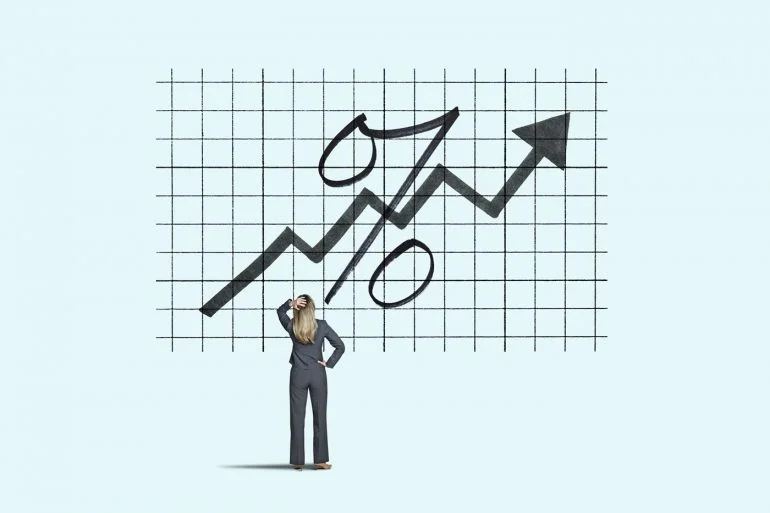Variable-rate mortgage holders should know the drill by now.
Prime rate is rising another 50 basis points on Thursday, increasing borrowing costs once again for those with a variable-rate mortgage or home equity line of credit (HELOC).
RBC, BMO and TD Bank kicked off the prime rate increases on Wednesday, followed by the remaining Big 6 banks and other financial institutions across the country. In the case of TD, its mortgage prime rate has risen to 6.10%, the result of an additional 15-bps hike the bank made in 2016 independent of a Bank of Canada rate move.
The announcements followed the Bank of Canada’s 50-bps rate hike earlier in the day.
How borrowers can deal with hitting their trigger point
For those with an adjustable-rate mortgage, this latest increase will translate into roughly $30 more in monthly interest cost per $100,000 of mortgage.
The majority of variable-rate mortgage holders, however, have fixed monthly payments. While their monthly payment won’t change, a larger percentage of that payment will now go towards the interest portion, while a smaller percentage will go towards paying down the principal balance.
For some, it could mean they are no longer paying down their balance at all, with 100% of their monthly payment going towards interest cost. For those borrowers, they have hit their trigger rate.
In its third-quarter earnings call, RBC alone said it expected 80,000 of its variable-rate mortgage clients to reach their trigger point by year-end.
“Borrowers with an adjustable/variable rate mortgage are dealing with a huge increase in payments in nine short months,” said Ross Taylor, a mortgage agent with Concierge Mortgage Group.
Based on a scenario he wrote about in a previous piece, a borrower with a $585,000 adjustable-rate mortgage, 30-year amortization and starting with a 1.45% mortgage rate will have seen their $2,005 monthly payments increase by about $1,120 per month since February, or more than 55%.
If they have a static payment, their $2,005 monthly payment is now no longer paying down the mortgage balance.
“They are now in a state of negative amortization,” Taylor told CMT. “Their $2,005 payment is all going towards interest. In fact, the monthly interest is now $2,413.”
For the example above, it now means the mortgage balance will increase by $408 starting next month. “That is the exact opposite of how mortgages are supposed to work,” Taylor adds. “It is more akin to a reverse mortgage.”
So, what can mortgage borrowers who are on a “collision course” with their trigger rate do?
“You will find that increasing your payment is likely far easier on your cash flow than converting to a fixed-rate alternative.,” Taylor explains.
“In this example, an increase of $500 should keep the hounds at bay, whereas converting now to a fixed-payment alternative may increase your payments by more than $1,100,” he adds. “So, unless your budget can accommodate the larger payment increase, you will be cornered into remaining with your variable rate mortgage.”
What about fixed rates?
As for fixed mortgage rates, they’ve been marching higher, following the lead of bond yields. That was, until today.
Bond markets had priced in a larger 75-bps rate hike today, so the Bank of Canada’s unexpected 50bps hike caused bond yields to plunge more than 20 bps.

In a Tweet, mortgage expert Ron Butler of Butler Mortgage said the fall in yields could result in a small decline in fixed rates of 10-15 bps.
According to data from Rob McLister, editor of MortgageLogic.news, the average nationally available, deep-discount uninsured 5-year fixed rate is now 5.65%, up from 5.57% a week ago.







